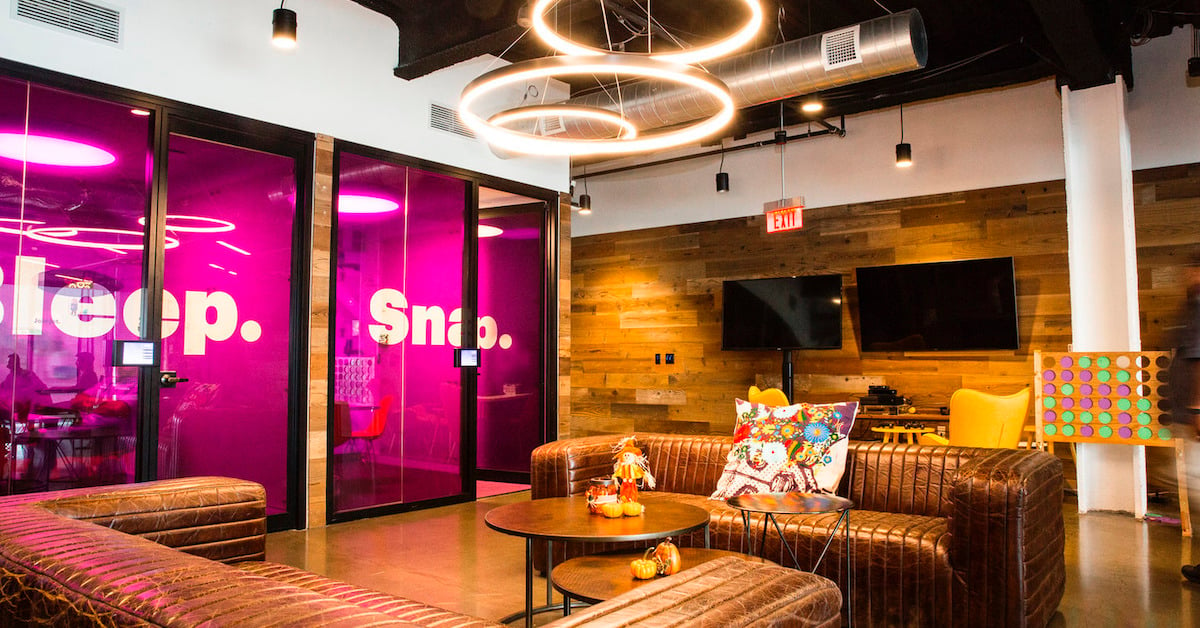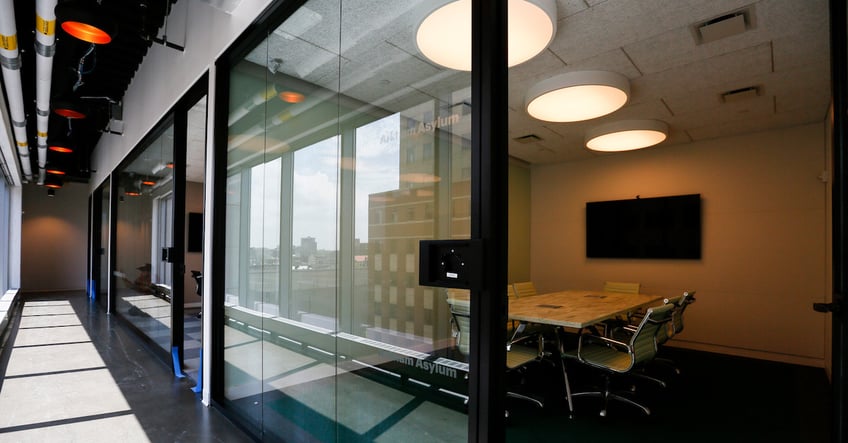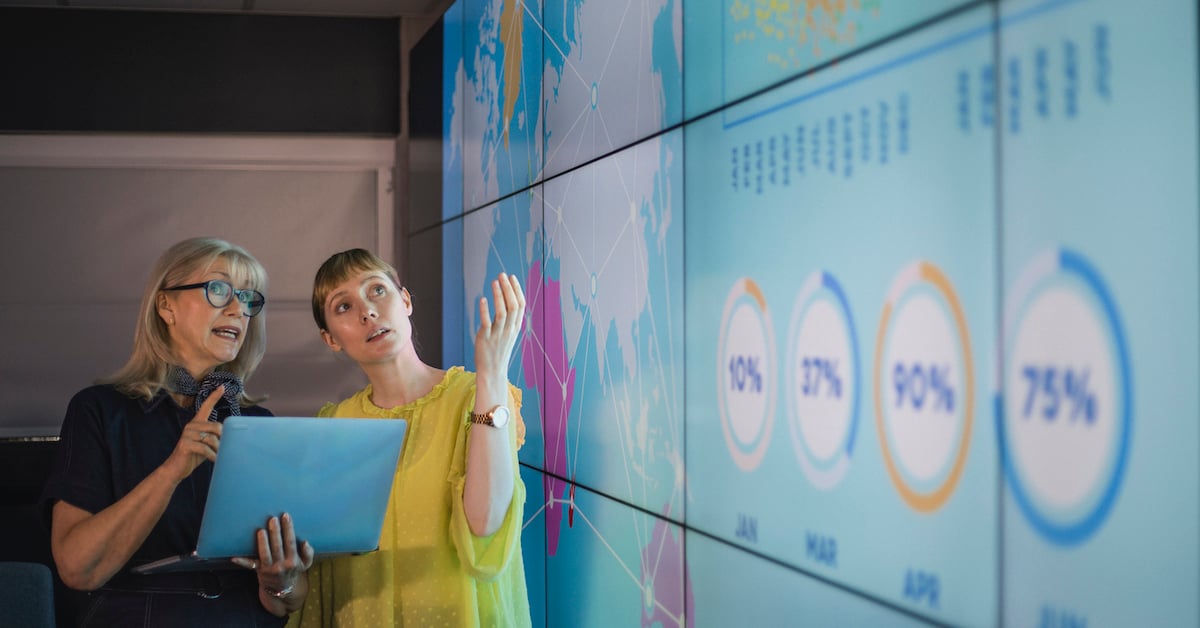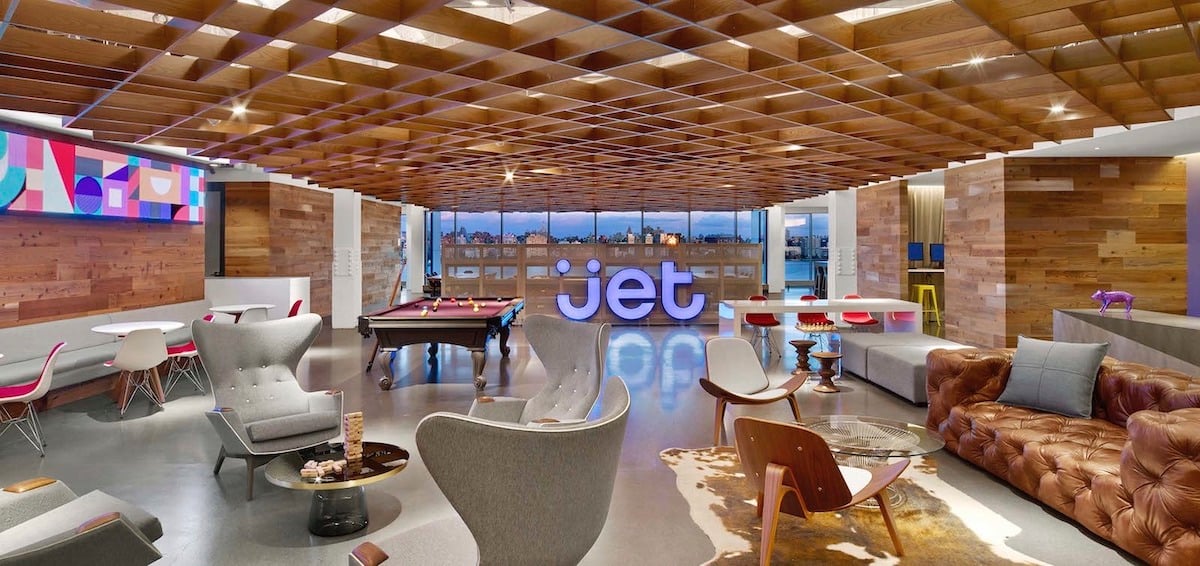
Future of the Digital Workplace
The digital economy is here and with it comes a new way of conducting business. Technology is at the core of almost every job. Smart offices have become the norm with an influx of highly interactive technologies empowering team members to jobs more effectively – often with better results.
Impact of technological advances
Constant access to information and seamlessness connectivity has probably had the biggest impact on today’s organizations. With mountains of data at their fingertips, today’s professionals have insights that past generations never dreamed of having. These insights enable them to work smart and introduce new innovations and product iterations at phenomenal rates.

The devices team members use as well are making an impact. Specifically, personal devices (smart phones, tablets, etc.) now work seamlessly with corporate equipment, enabling people to wirelessly make team presentations without the hassle of making complex connections. The result? People waste far less time.
Increase in Remote Working
Traditional work environments no longer hold the same significance they once did. As a result, today’s professional prefers the ability to work from anywhere, at any time, using any device. Remote work was initially seen as a way for people to get out of doing their job. However, in reality, it is about having flexibility to still get work done, but at times when the worker is at their productive peak. While multiple generations are embracing the trend, it is the Millennials who have been the biggest proponent.
 Fortunately, more companies are realizing the benefits. As of 2019, the number of companies with remote workforce is getting bigger — 66 percent of companies allow remote work and 16 percent are fully remote. The biggest differentiator is that the type of companies embracing remote work goes well beyond the tech start-up firms who initially popularized the trend.
Fortunately, more companies are realizing the benefits. As of 2019, the number of companies with remote workforce is getting bigger — 66 percent of companies allow remote work and 16 percent are fully remote. The biggest differentiator is that the type of companies embracing remote work goes well beyond the tech start-up firms who initially popularized the trend.

The ability to work from remote locations has also entrenched the concept of virtual assistants becoming active members of key teams – enabling contractors with specialized skills to contribute regardless of their geographical location.
Enhanced use of audiovisual equipment
As more people work from differing locations, the need to still connect them to key players within the brick and mortar office remains. Various audiovisual (AV) technologies make this a reality.

From video conferencing equipment, smart boards and interactive whiteboards strategically located within huddle rooms to high definition displays and video walls streaming from remote locations, AV technology continues to find new and creative applications.
The more interactive and immersive the deployment, the better team members are able to communicate and the more effective the digital workplace becomes. Obviously. the types of AV technology organizations are utilizing it today’s digital workplace can be as diverse as the individual organizations.

Interested in turning your office into a digital workplace? Electrosonic can help. With 55 years of helping organizations make the most of technology, we have the experience and expertise you need. Click here to learn more about how our Technology Master PlanningTM process can help.
Victoria Cosgrave
Victoria Cosgrave, Field Marketing Manager, Enterprise at Electrosonic, has wide-ranging experience of technology within professional services, financial services, infrastructure, transport, pharmaceuticals and government. Her knowledge and experience enables her to write about the technological landscape and the issues facing clients with great insight.










.jpg?width=1500&height=995&name=ELC501_N17_medium%20(1).jpg)




.jpg)

.jpg)



















.jpg)




.jpg)
-png.png)












.jpg)





.jpg)


-(1)_1200x629px.jpg)




.jpg)
.jpg)





-RR.jpg)







.png)




.jpg)






.png)





















%20(1)-es.jpg)
.jpg)








.jpg)

.jpg)





.jpg)



.jpg)















.png)

.png)




























.jpg)
.png)





.png)

.jpg)


.png)






.jpg)
.jpg)


